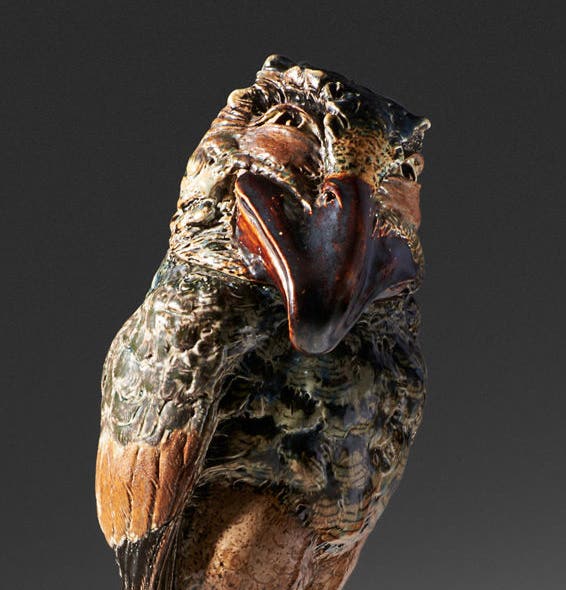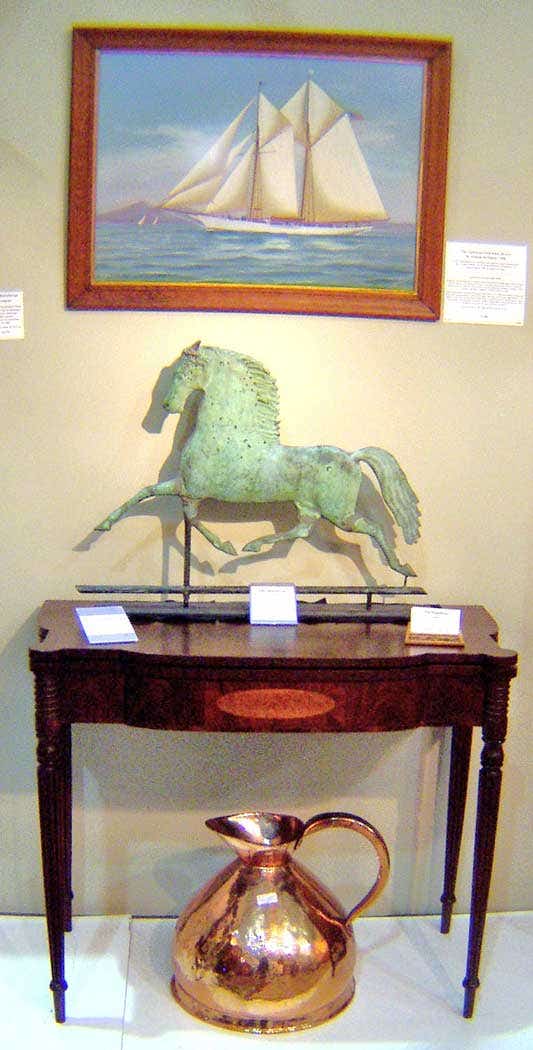Uncovering the secrets of Viking symbolism
By Ingrid Floyd Cat-like creatures grip the neck of another beast, the image on a Viking pendant tantalizing us. Nine rectilinear shapes inscribed on an amulet found buried in Scandinavia…
By Ingrid Floyd
Cat-like creatures grip the neck of another beast, the image on a Viking pendant tantalizing us. Nine rectilinear shapes inscribed on an amulet found buried in Scandinavia mystify archeologists. Unknown figures etched on a small gold foil baffle the onlooker.
David Gray Rodgers, co-author with Kurt Noer, of Sons of Vikings: Legendary History of Vikings notes that the riddles and secrecy surrounding Norse symbols make them a fascinating study for mankind. He extensively explores Viking history because their stories enthralled him as a kid.
These ancient warriors lived between the 8th century and the 12th century in Scandinavia, settling, raiding, and plundering Europe, the Middle East, and even stepping foot in North Africa, Asia, and North America. Their vastly superior ships led them to almost every corner of the world, spreading their culture and learning from others.
As John A. Yilek says in his book, History of Norway, “The Vikings were ruthless warriors, pirates, and raiders, but they were also merchants and traders, craftsmen, settlers, farmers, and explorers.”
They were not simple people. They had a complex view of the world of which we still are trying to decipher. Interpreting their symbols left on their artwork and artifacts and explained in books written after the Viking Age ended can shed some light on the subject.
Rodgers says to begin to understand the symbols on Viking artifacts, he recommends starting off by reading about Norse mythology. Two 13th century Icelandic works, The Poetic Edda by unknown sources, and The Prose Edda by Snorri Sturluson, are good sources. Or try the modern-day Norse Mythology by Neil Gaiman. Of The Poetic Edda, the poems, “VÖluspá” and “Grímnismál” tell the most.
Lastly, examine the symbols on Viking artwork, for their artwork is symbolic and not created for art’s sake.
Rodgers says he places Viking symbols in four categories. The foremost category is the runes, the letters of the ancient people. Second are any animal, such as a raven or a bear, relating to goddesses and gods of Norse mythology. Third are the geometric shapes we do not find in the myths that leave us perplexed. Archeologists study clues of items associated with them to decipher their meaning, but have had no luck in a concrete translation. Lastly, even more controversial, are magical staffs, such as the Viking Compass and the Helm of Awe.
“The lines of these symbols juxtapose,” Rodgers says. “They are not found carved in stones. Not many of these have been discovered on artifacts.”
The first type of symbol, a letter—the rune — means “secret.” Nobody knows who wrote the runic alphabet. It was used by the Germanic peoples of Northern Europe, Britain, Scandinavia, and Iceland from about the 3rd century to the 16th century.
Researchers learn much from studying these runes.
“Runic inscriptions provide descriptions about families, society, journeys, and language,” Pentz says. “Stories etched into the runestones are tales about fate which bring us intimately close to individual Vikings. He adds, “Apart from the runic inscriptions, the Vikings didn’t leave us any written information about themselves.”
Vikings put runes on jewelry, amulets, weapons, and ships as a form of magical power to convey protection or victory. Every day Vikings could read them.
Rodgers explains that runes were not every day letters, but used for great importance. Vikings carved them into runestones to commemorate ancestors and mark the graves of heroes. They provided a means of communication between the natural and the supernatural. They used them as spells for protection, victory, or success.
Rodgers said that mankind has discovered 6,000 rune stones.
One of the largest runestones, in Denmark, is the Jelling Stone. A replica is currently on tour with the Museum of Denmark’s Viking exhibit, showcased at the Royal Alberta Museum on April 18. The stone, erected in 965 AD, is inscribed on one of its three sides with the tale of King Harald Bluetooth’s achievements in uniting Denmark as a Christian nation; thus, people consider it to be “Denmark’s birth certificate.” The symbols on the other sides make it a hybrid monument to the Vikings’ past as a pagan nation, while the Christian world influenced it: A crucified Christ on the second side with a mythical beast on the third.
But archeologists have discovered intimate details of the Vikings from other symbols, such as mythical beasts from Norse mythology that are associated with the gods and goddesses and the Vikings’ belief about the afterworld. The Vikings prided themselves on their poetry and storytelling. Unfortunately, although Sturluson and others captured some of these tales — some misinterpreted — so much of this mystical world is still left for archeologists to uncover.
We do know that Vikings considered animal spirits to be within them and vice versa, and so also in their gods and goddesses who were also like them, only with greater powers. Archeologists find these symbols at many grave sites. For instance, Odin, the supreme god and god of war, has the raven, two wolves, and an eight-legged horse. Freyja, the goddess of sexuality and love, has the cat. These symbols on artifacts are easy to read, but others are not.
What do the motifs of mysterious cats with rectangular eyes gripping the necks of each other mean? Rodgers says he believes it could be a symbol of life’s cyclical process, such as the occurrence of the seasons.
Then there are geometrical shapes with counts of numbers “9” and “16.” Why are these so important to the Vikings? From the myths, we know the Vikings believed in an afterlife of nine worlds, but one amulet of nine rectilinear shapes baffles us as well as others.
Some symbols have magical staffs: e.g., the Helm of Awe and the Viking compass. Ninety percent of Viking artifacts with these symbols would have been carved on wood, bone, clay, or even in the dirt, and thus did not survive. But Rodgers says that evidence suggests the Vikings used them because descendants of the Vikings in Iceland did. They are mentioned in the later medieval Icelandic book of magic, The GaldrabÓk (The Magic Book). Iceland was the one place that was so removed from the Inquisition that they could keep some of their pagan ways for more time. These two symbols can be found in the book.
The Helm of Awe, per the website https://norse-mythology.org/symbols, is “a symbol of protection and might, but in a darker and more individualistic sense than Thor’s Hammer,” a symbol of the god, Thor. The website describes the symbol as having eight arms that look like spiked tridents radiating out from a central point. It said that it is one of the most powerful and mysterious symbols in Norse mythology.
The Viking Compass, the Vegvisir, has eight different staves and is just as mysterious looking. It is only written about in one sentence in the Huld Manuscript in the Icelandic Grimoire that basically says that a carrier of the symbol will not lose his way at sea even if he does not know his way.
Symbols that are obvious to us are the Viking longship and its weapons. The longship, the war ship of the Vikings, was of utmost importance to them, as they were a warrior society whose supreme god, Odin, was also their god of war. They would often decorate their pendants with longships or their longships with symbols of protection and victory. Often these ships would have dragon heads to signify their fierceness, and when the dragon heads were removed, it would symbolize peace.
You can find one of the biggest longship in the Danish Museum’s Viking exhibit, the Roskilde 6, but another is the Oseberg in the Viking Museum in Norway, which has symbols and runes on it, too. The Vikings put a great emphasis on their ships, their primary means of transport.
The longship was a symbol of strength and power. The bigger the ship, the more free and mobile its owner. Kings were buried in their ships and stone ships-graves made of stones in the shape of ship.
The Vikings’ weapons also meant a great deal to them. Women and men wore pendants featuring axes and swords. An axe was a symbol of power and survival, and a good sword signified prestige. Thor the god of sky, thunder, and fertility had a hammer made for him by the dwarves to fight the giants at the end of the world. The Vikings wore Thor’s hammer on pendants to symbolize protection. It was also used to bless births, marriages and other ceremonies. It was a powerful — and popular — symbol.
Many more symbols exist in the Viking culture, some yet to be uncovered. Perhaps, you want to read more about Norse mythology. Mystery awaits you. n
A special thank you goes to Stefanie Santo, the Public Relations Director, at the Franklin Institute in Philadelphia for her help in acquiring images and information for this article.
Ingrid Floyd is a freelance writer from Towson, Maryland. She has written the book “Opening the Gate: Stories and Activities About Athletes With Disabilities,” and is currently working on a book for middle-graders about character development. She also loves to travel to visit family and experience world cultures.








